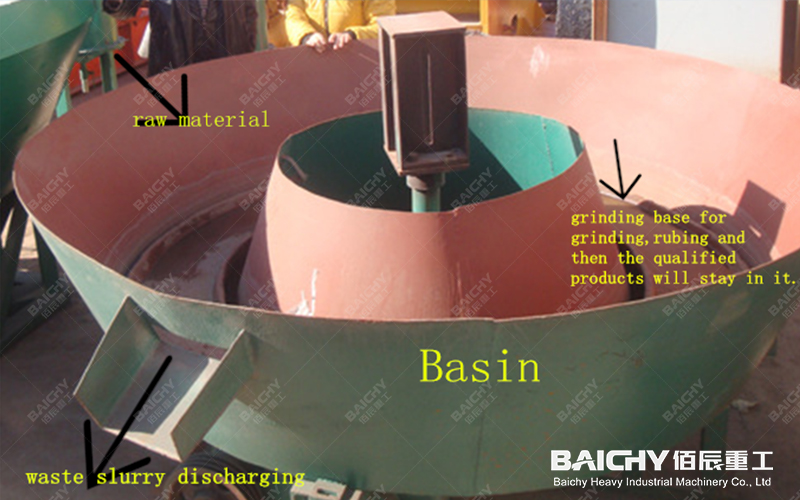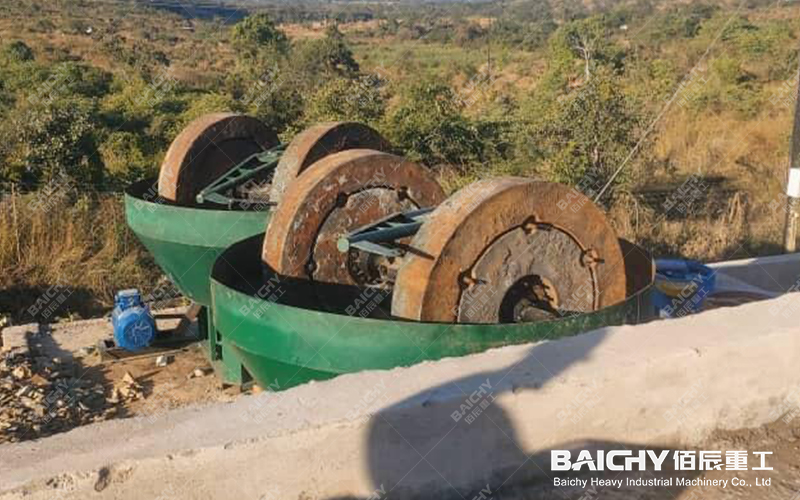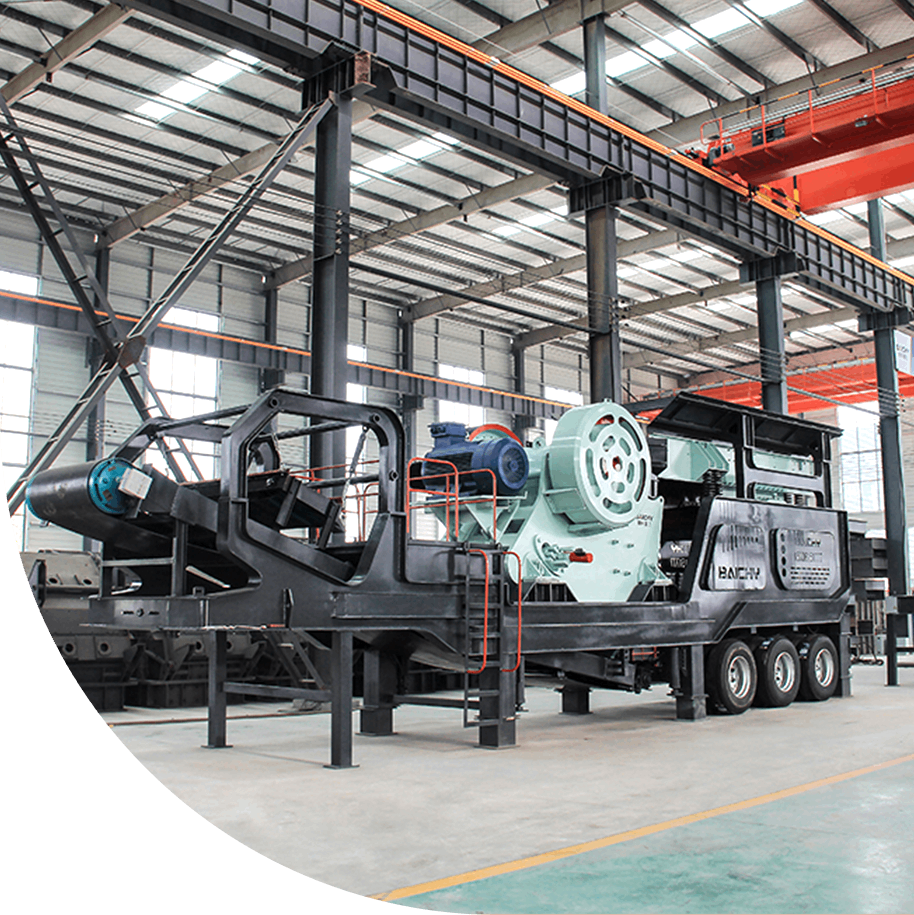
Dry vs. Wet Ball Mills: Differences and Selection Guide
Okay, as a mining equipment manufacturer with 20 years of experience, we are happy to provide you with an in-depth analysis of the core differences and selection considerations between dry and wet ball mills. Below is the blog post tailored to your needs.
Dry Ball Mill vs. Wet Ball Mill: A Comprehensive Analysis of Differences and Scientific Selection Guide
Overview: Defining Two Core Grinding Processes
In the mineral processing, building materials, chemical, and other industries, ball mills are key equipment for material grinding. Based on the grinding medium and material state, they are mainly pided into dry ball mills and wet ball mills. Simply put, a dry ball mill grinds dry materials in a waterless environment, while a wet ball mill performs wet grinding of materials with the participation of water (or other liquids). These two types of equipment are not simply a matter of adding water or not adding water; there are systematic differences in their design, application, and effects, directly impacting your production process, investment costs, and ultimate benefits.

In-depth Analysis: Core Differences Comparison
To make the right choice, it's essential to understand the fundamental differences between the two.
Working Principle and Structural Differences
Dry Ball Mill
During operation, the material is fed into the cylinder through the hollow shaft at the feed end. The cylinder contains grinding steel balls. As the cylinder rotates, the steel balls are lifted to a certain height by centrifugal force and friction, then fall, crushing the material through impact and grinding. The finished product is discharged using air as a medium, aided by a draft system, and the qualified fine powder is collected through a classification device. The discharge end is usually equipped with a suction device and a dust removal system, and the structure emphasizes sealing to prevent dust leakage.
Wet Ball Mill
Its basic grinding principle is similar to that of the dry ball mill, but a certain proportion of water or other liquid is added to the cylinder, and the material exists in the form of a slurry. The grinding process takes place in water, and the ground product is mixed with water and discharged from the discharge end in the form of a slurry. Its structure usually includes a discharge grate and sector-shaped liners to facilitate slurry discharge, and the feed and discharge ends use scoop or drum feeders. The overall sealing requirements focus on preventing leakage. H2: Performance Advantages and Application Scenarios Comparison
Advantages and Application Fields of Dry Ball Mills
• Advantages:
1. No dewatering and drying required: The product is a dry powder, eliminating the need for subsequent expensive filtration and drying processes, resulting in a shorter process.
2. No water source requirements: Particularly suitable for arid and water-scarce areas.
3. persified products: Can process water-sensitive materials (such as cement, gypsum, and certain chemical raw materials).
4. Relatively low investment: Usually does not require supporting equipment such as concentration and filtration.
• Typical applications: Cement, silicate products, refractory materials, fertilizers, glass ceramics, and pre-drying and grinding before regrinding of iron concentrate.
Advantages and Application Fields of Wet Ball Mills
• Advantages:
1. High grinding efficiency: The lubricating effect of water reduces the surface energy of particles, reducing over-grinding and balling phenomena. Under the same conditions, the output is usually 20%-30% higher than that of dry ball mills.
2. Zero dust pollution: Completely dust-free operation, creating a friendly and environmentally sound working environment.
3. More uniform product particle size: The slurry has good fluidity, and qualified particles can be discharged in time, resulting in a more concentrated particle size distribution.
4. Suitable for subsequent wet processes: Such as flotation and hydrometallurgy, and can be directly integrated.
• Typical applications: Ore grinding for metal minerals (gold, copper, iron, lead-zinc, etc.), wet processing of non-metallic minerals, ceramic raw material preparation, and all processes requiring subsequent wet operations.

Ball mill customer site
How to Choose Scientifically? Professional Advice from a Twenty-Year Manufacturer
The key to selection is adapting to local conditions and choosing the right method for the material. We recommend that you comprehensively evaluate from the following dimensions:
1. Material properties: Is the material sensitive to water? Will it dissolve or undergo chemical reactions when exposed to water? If it is sensitive to water or needs to be kept dry, choose a dry ball mill. If the material is hydrophilic and the subsequent process is a wet process, then a wet ball mill is the inevitable choice.
2. Process requirements: Is your entire production process a dry process or a wet process? This is a decisive factor. For example, cement production ultimately requires dry powder, so a dry process is used; while gold cyanidation leaching requires a slurry before processing, hence a wet process is used.
3. Investment and Operating Costs: Dry ball mill systems may have slightly lower initial investment costs, but the cost of a high-efficiency dust removal system must be considered. Although wet ball mills have higher single-unit efficiency, they require supporting equipment such as thickeners and filters for dewatering, which may result in higher overall process investment and higher water consumption.
4. Environment and Geography: Dry ball mills are preferred in arid and water-scarce regions; wet ball mills are more advantageous in areas with extremely strict environmental (dust) requirements.
Real-world cases from our customers
• Case 1 (Dry): A large cement group in North China used our Φ4.2×13m large dry ball mill for final cement grinding. Combined with a high-efficiency dust collection system, it fully met environmental emission standards while reducing power consumption per ton by 15%, saving millions of yuan in operating costs annually.
• Case 2 (Wet): For a copper mine project in Africa, we provided several Φ3.6×6.0m wet overflow ball mills for coarse grinding of copper ore. Due to the high efficiency and uniform particle size of wet grinding, the recovery rate of the subsequent flotation stage was directly improved, increasing the copper recovery rate by approximately 2 percentage points, resulting in significant economic benefits.
Related Equipment Recommendations
Regardless of which type of ball mill is chosen, an efficient system requires the support of supporting equipment:
• For dry systems, we recommend high-efficiency pulse bag dust collectors, dynamic classifiers, and hot air systems (if drying is required).
• For wet systems, we recommend a set of hydrocyclones (to form a closed-circuit grinding system), slurry pumps, and subsequent thickeners and filters.
Frequently Asked Questions (FAQ)
1. Can a dry ball mill be converted to a wet ball mill, or vice versa?
Generally, no. The structural design (such as the discharge end and liner type), sealing method, and supporting systems are completely different. The difficulty and cost of conversion may be close to purchasing a new machine. The process route must be clearly defined at the initial selection stage.
2. Is the wear rate of wet ball mills higher than that of dry ball mills?
Not necessarily. Although water can exacerbate corrosion, in wet grinding, a water film acts as a buffer between the steel balls and the material, and between the steel balls and the liner, sometimes resulting in gentler impact and friction. Wear is mainly determined by the material hardness, grinding media material, and process operating conditions. We can provide customers with high-chromium alloy liners and steel balls to significantly reduce wear.
3. Which is better for fine and ultra-fine grinding?
For applications requiring extremely fine product particle size (e.g., over 90% below -10 microns), wet ball mills are usually more advantageous. The presence of water effectively disperses fine particles, preventing agglomeration and making it easier to obtain ultra-fine powders. Dry ultra-fine grinding requires a more complex classification system and stricter anti-agglomeration measures.
Summary
In summary, dry and wet ball mills each have their own advantages and are specialized equipment serving different process routes. Dry grinding excels in its simple process and lack of water requirement, making it suitable for dry production and water-sensitive materials; wet grinding, on the other hand, is known for its high efficiency, environmental friendliness, and uniform particle size, making it the mainstream choice for wet beneficiation. As a manufacturer with twenty years of design and manufacturing experience, we can provide you with the optimal equipment selection and complete process solutions based on your specific materials, target particle size, capacity requirements, and investment budget.
Perfect after-sales service
Baichy Heavy Industry provides professional on-site guidance for installation, training of workers, and other services to ensure that customers can use the equipment smoothly.
The company has a complete after-sales service system, which can provide customers with timely technical support and equipment maintenance services to ensure the long-term stable operation of the equipment.
To prevent the rights and interests of customers from being infringed, Baichy Heavy Industry reminds customers: please contact our customer service staff through the official website of Baichy Heavy Industry , or add WhatsApp: 15093222637 ; or send an email to: [email protected] , we will get in touch with you as soon as possible and provide you with the most professional service in the industry.

Baichy Heavy Industry
Baichy Machinery is a factory supplier of mining machinery, mainly focusing on stone crushers, powder grinding mills, and mineral beneficiation plants. We can offer you a free design and completed solutions according to your project.
Baichy Heavy Industry has grown into a high-tech mining equipment comprehensive enterprise, integrating R&D, manufacturing, sales, and after-sales service, Passing ISO9001:2015 quality management system certifications. The main products are mobile jaw crushing plants, construction waste crushing plants, PE jaw crushers, VSI sand-making machines, Symons cone crushers, single-cylinder hydraulic cone crushers, PCX high-fine crushers, grinding mills, ball mills, and full sets of beneficiation equipment with an excellent level.











